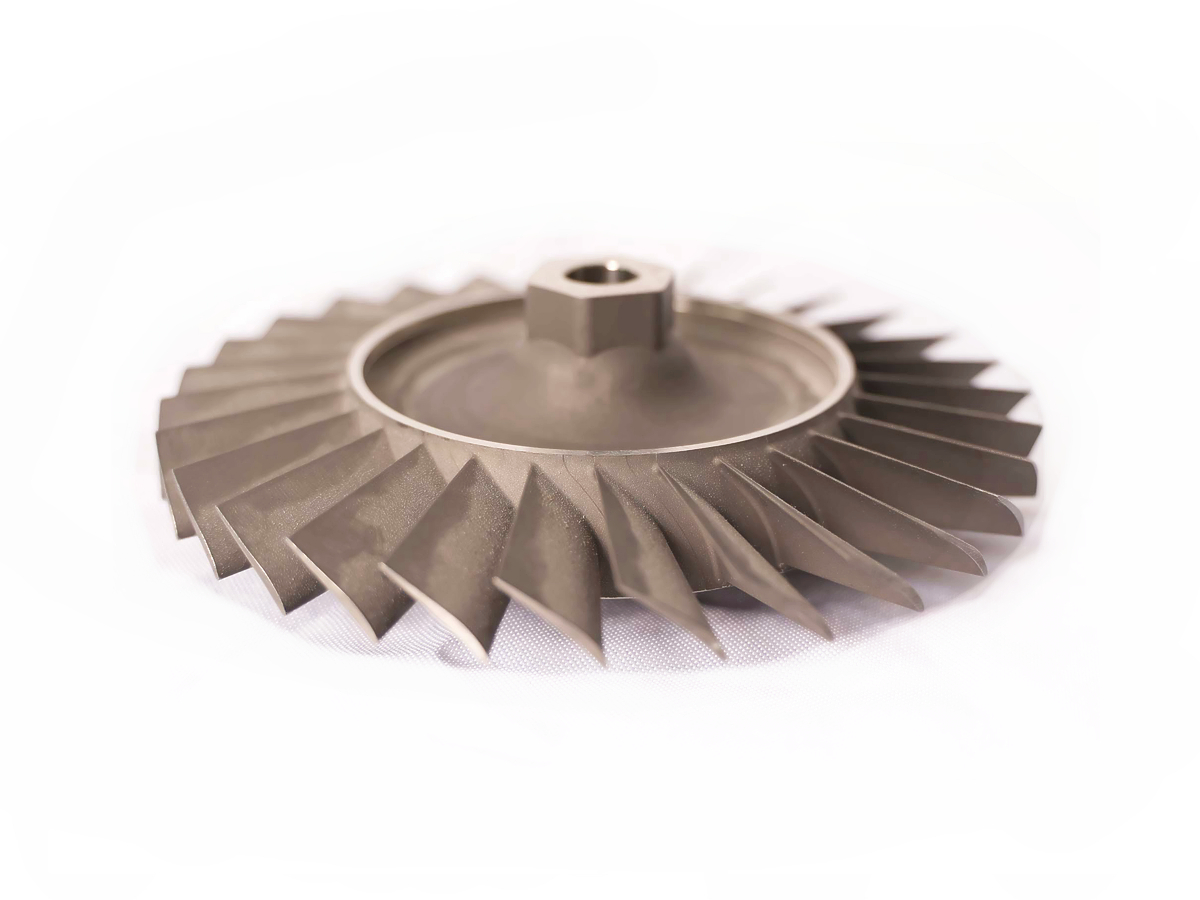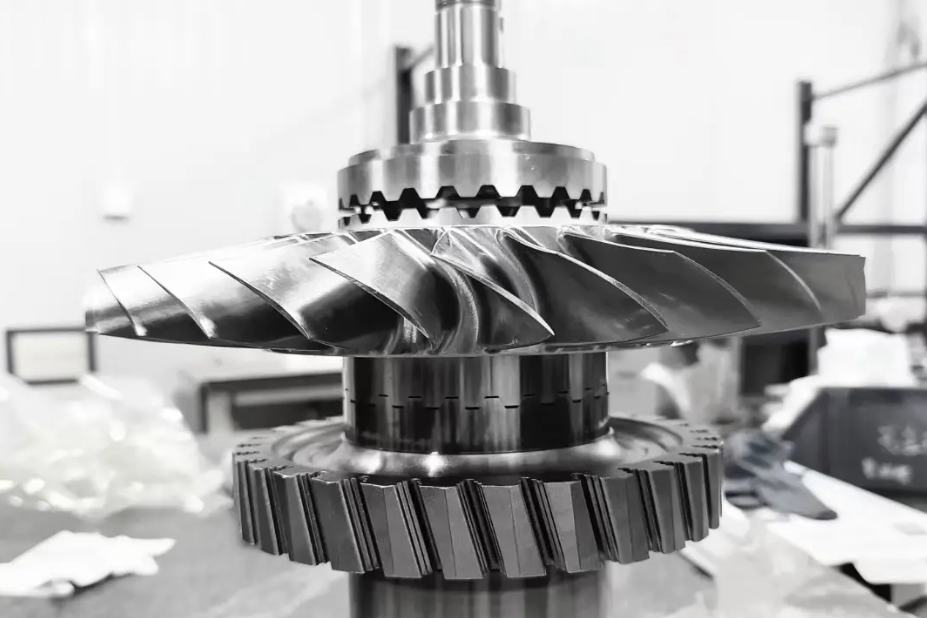Why do superalloy parts often need heat treatment after machining?
Heat treatment after machining is a critical, non-negotiable step for most high-performance superalloy parts, not merely an optional post-process. It is the definitive procedure that bridges the state of a mechanically formed shape and a component ready for extreme service. The necessity stems from the fundamental nature of superalloys and the disruptive effects of the machining process itself.
The Core Reasons for Post-Machining Heat Treatment
1. To Relieve Machining-Induced Stresses and Prevent Distortion
Machining, particularly aggressive roughing operations, plastically deforms the material and generates intense localized heat, introducing significant residual stresses into the component. For a material like Inconel 718, these stresses can be substantial. If left unaddressed, these locked-in stresses will naturally redistribute over time, or upon exposure to service temperatures, leading to part distortion, loss of dimensional stability, and potential failure to meet geometric tolerances. A Stress Relief Heat Treatment is applied to anneal out these stresses, ensuring the part remains geometrically stable in service.
2. To Restore the Optimal Microstructure and Mechanical Properties
Superalloys are typically supplied in an "annealed" or "over-aged" (soft) condition to make them machinable. The final world-class properties—exceptional tensile strength, creep resistance, and fatigue life—are not inherent in the as-machined state. They are activated and locked in through a precise sequence of heat treatments:
Solution Treatment: Heats the alloy to a high temperature to dissolve all secondary strengthening phases (like gamma prime γ') into a uniform solid solution, effectively resetting the microstructure.
Precipitation Hardening (Aging): Heats the part to a specific intermediate temperature for a prolonged time, causing a uniform dispersion of nanoscale strengthening precipitates (γ' or γ'') to form throughout the matrix. This is the step that provides the dramatic increase in strength and high-temperature capability.
Machining after the final age-hardening step is avoided because the material is extremely hard and abrasive, making it difficult to cut and risking the introduction of micro-cracks.
3. To Repair Machining-Induced Damage and Enhance Surface Integrity
The cutting process can cause microstructural damage at the surface, such as:
Plastic Deformation and Work Hardening: Creating a brittle, unstable surface layer.
Micro-cracking: Tiny cracks that can act as initiation sites for fatigue failure.
Altered Phase Chemistry: At the immediate surface due to extreme localized heating.
Post-machining heat treatment can help recover the microstructure in this affected zone, improving the surface integrity and the part's resistance to fatigue and stress corrosion cracking, which is critical for components in the Aerospace and Aviation and Power Generation industries.
The Typical Sequence for a Critical Component
Machine from Annealed Stock: Rough and semi-finish the part, leaving a small stock allowance.
Intermediate Stress Relief: Relax stresses from rough machining to prevent distortion during final machining.
Final Machine: Achieve final dimensions and surface finish.
Solution Treat & Age Harden: Perform the final heat treatment cycle to achieve the required mechanical properties.
In summary, post-machining heat treatment is essential to ensure dimensional stability, activate the designed mechanical properties, and guarantee the long-term structural integrity of superalloy components operating under extreme thermal and mechanical loads. It transforms a machined shape into a reliable, high-performance engineering part.



